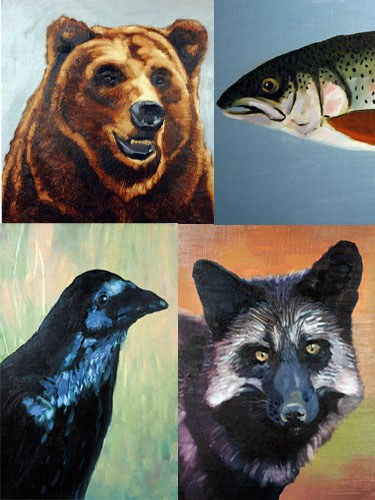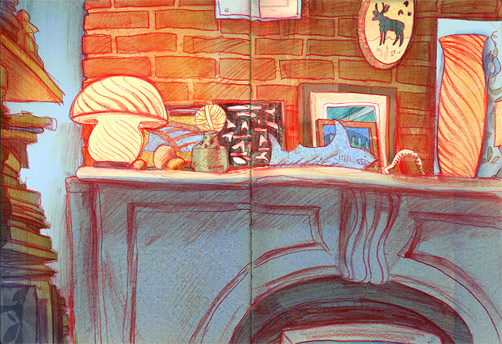Storefront Pills

This is a photo from a “Walk Around The Block” series. The idea is to simply walk around your block and find images that inspire you. Once is enough.

This is a photo from a “Walk Around The Block” series. The idea is to simply walk around your block and find images that inspire you. Once is enough.

Although this looks like a pixilated Photoshop image of a Jan van Eyck painting, it’s actually a tapestry of 5,024 spools of thread hung upside-down in vertical rows by the artist Devorah Sperber. An optical device in front of the piece encapsulates the van Eyck in miniature. See it at the Brooklyn Museum of Art until May 6th.

The painter Kerry suggested I post the entire animal series for your viewing pleasure.
The leading cause of vertebrate declines is human destruction of old growth forests, wetlands, chaparral, and other rich habitats. Worldwide, over two-thirds of the earth’s habitable land surface has been significantly disturbed by human activities. Nearly half of the world’s 233 primate species are threatened, largely because of their dependence on large expanses of tropical forest, a habitat under siege around the globe. In hotspots of forest loss, such as Madagascar, the Atlantic rainforest of eastern Brazil, and Southeast Asia, roughly 70 percent of primate species face extinction.

A sketchbook drawing of the fireplace in my apartment (within which a TV sits). Color and textures were done in photoshop.

A couple recent illustrations done for WSJ.com’s economic forecast survey.

many of these bears will be gone in our lifetime. With the threat of oil and warming the planet holds fewer places for big mammals. Most Americans don’t realize that we’re in a period of mass extinction.